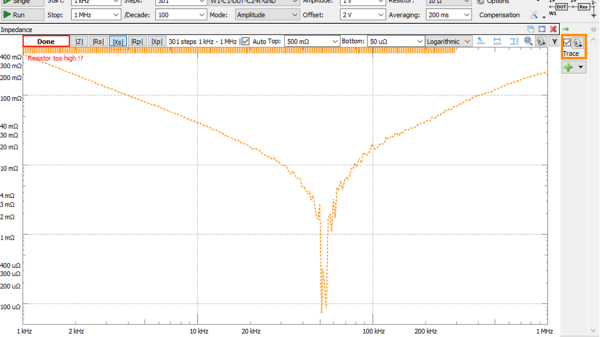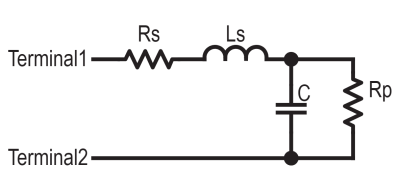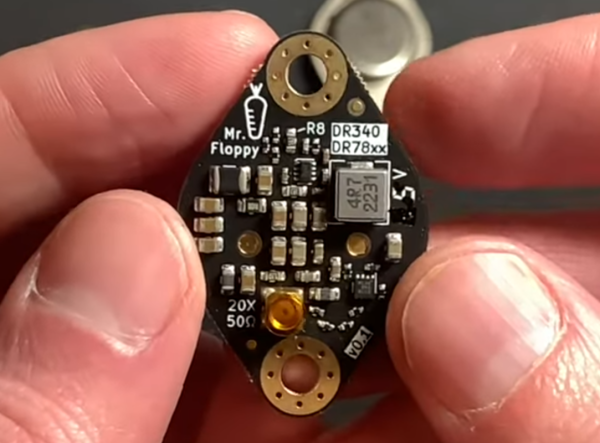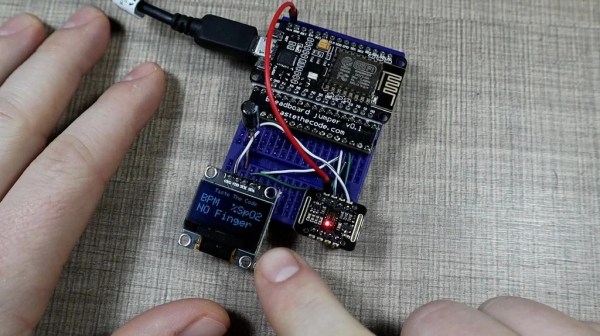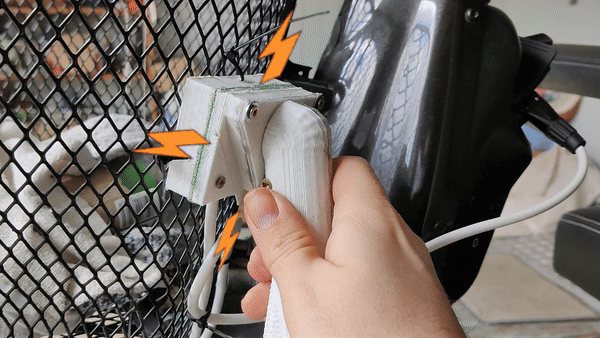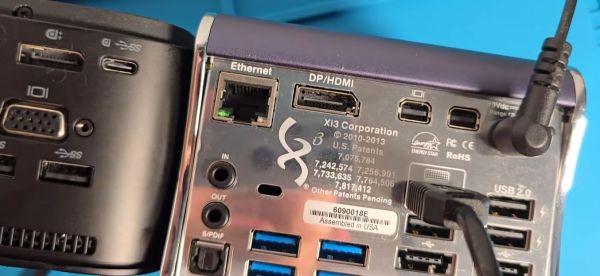Every now and then there’s a part that comes along which is hotly anticipated, but which understandably its manufacturer remains tight-lipped about in order to preserve maximum impact surrounding its launch. Right now that’s Espressif’s ESP32-P4: a powerful application processor with dual-core 400 MHz and a single-core low power 40 MHz RISC-V processors. Interestingly it doesn’t appear to have the radios which have been a feature of previous ESP parts, but it makes up for those with a much more comprehensive array of peripherals.
Some details are beginning to emerge, whether from leaks or in preparation for launch, including the first signs of support in their JTAG tool, and a glimpse in a video from another Chinese company of a development board. We got our hopes up a little when we saw the P4 appearing in some Espressif documentation, but on closer examination there’s nothing there yet about the interesting new peripherals.
Looking at the dev board and the video we can see some of what the thing is capable of as it drives a large touchscreen and a camera. There are two MIPI DSI/CSI ports on the PCB, as well as three USB ports and a sound codec. A more run-of-the-mill ESP32-C3 is present we think to provide wireless networking, and there’s a fourth USB port which we are fairly certain is in fact only for serial communications via a what our best blurry photograph reading tells us is a Silicon Labs USB-to-serial chip. Finally there’s large Raspberry Pi-style header which appears to carry all the GPIOs and other pins. We’ve placed the video below the break, if you see anything we’ve missed please tell us in the comments.
We first covered this chip back in January, and then as now we’re looking forward to seeing what our community does with it.
Continue reading “Espressif’s ESP32-P4 Application Processor: Details Begin To Emerge”


